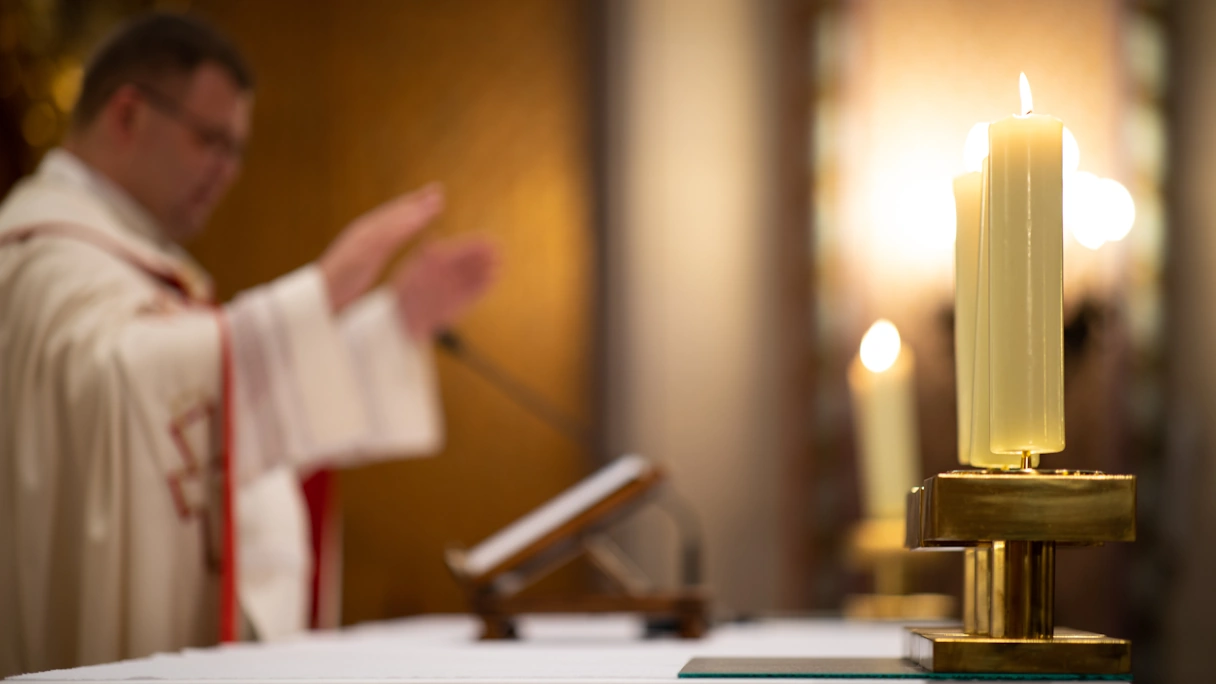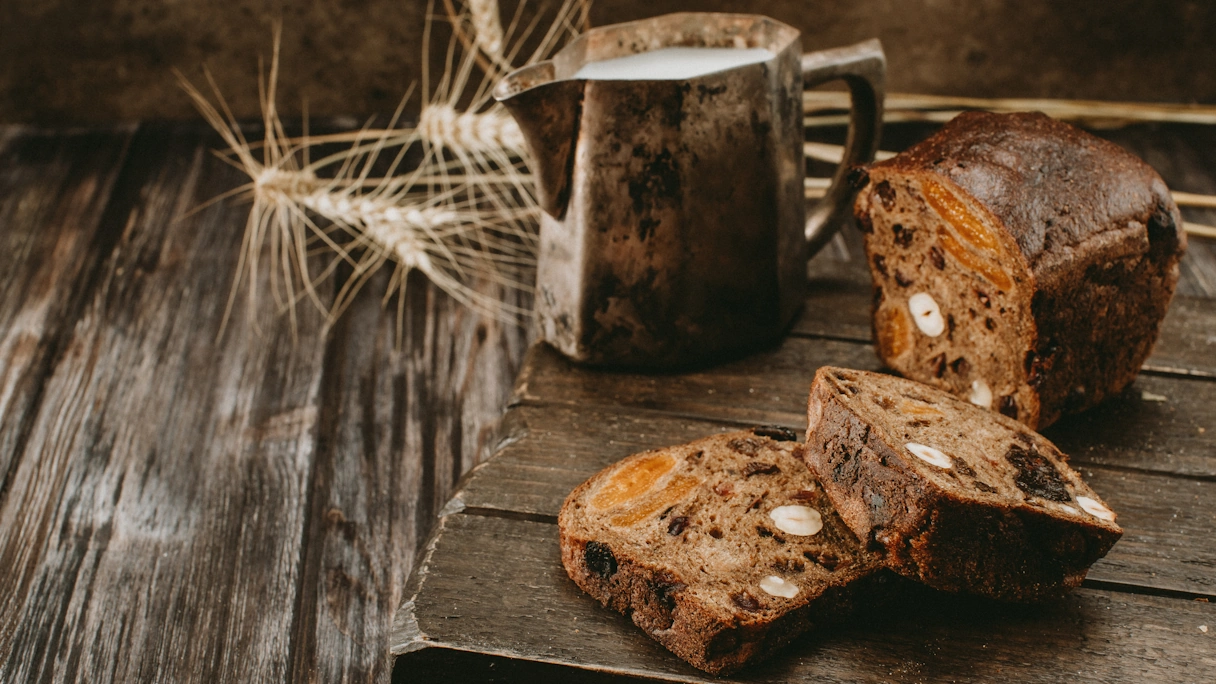 Photo: wweiss Lichtspiele Getty Images
Photo: wweiss Lichtspiele Getty Images
Bavarian Christmas traditions: The guide for winter vacationers in Bavaria
The contemplative time of Advent and Christmas in Bavaria is characterized by a multitude of unique traditions that are deeply rooted in the culture and history of the region. From festively decorated Christmas markets and lovingly designed Advent wreaths to delicious Bavarian treats - Bavarian Christmas traditions create a very special atmosphere that enchants young and old alike. So that you are well prepared for your Christmas vacation in Bavaria, we have picked out a few Bavarian traditions that you may not yet know.
- Christmette
- Christkindlschießen (Christmas shooting)
- Paradeisl
- Barabarazweige (Barabara branches)
- Klöpflnächte (Dumpling nights)
- Kletzenbrot
Christmette
Some of you may even be familiar with Christmette or have at least heard the term before. It is also referred to by some as Christmas Mass and is nothing more than a church service on Christmas Eve, but usually at night. Originally, this celebration was intended to mark the end of Lent and was celebrated on the night of 24 to 25 December with a musical program. In some churches, Christmas mass was moved to 10 p.m. and sometimes even to the afternoon.
 Photo: Lightpoet, Canva
Photo: Lightpoet, Canva
Christkindlschießen (Christmas shooting)
The Christkindlschießen is also known as Christmas shooting and is mainly an Upper Bavarian custom from the Chiemsee-Alpenland region. The Christkindlschießen begins a week before Christmas Eve, on December 17th. At 3 pm, the Christ Child is greeted loudly. This is repeated every day at the same time, except on the last day. On December 24, shooting takes place during Christmas mass from half past eleven to twelve o'clock at night. After that, silence returns.
The Paradeisl
A Paradeisl consists of 4 red apples and has the same function as an Advent wreath. The apples are connected to form a triangular pyramid. Each apple contains a candle, which is gradually lit on each Sunday in Advent. The whole thing is then often placed on a plate with fruit, nuts and cookies.
 Photo: Brooke Boyer Getty Images
Photo: Brooke Boyer Getty Images
Barabarazweige / Barabra branches
On December 4th, St. Barbara's Day, branches are cut from fruit trees and placed in the parlor. The aim is for the branches to blossom at Christmas. The whole thing is based on a legend: Martyr Barbara of Nicomedia converted to Christianity in 300 AD, whereupon her father sentenced her to death and put her in prison. However, she had a small cherry branch in her robe, which blossomed again on the day of her death. Barbara's father was struck by lightning that day.
 Photo: Leung Cho Pan
Photo: Leung Cho Pan
Klöpflnächte (Dumpling nights)
People used to sing dumpling songs on the first three Thursdays of Advent for a good harvest and good health. Anyone who made a wish for good luck and blessings received a gift of food from the farmer's wife, which was used for Christmas. Nowadays, in some regions it is customary for children to go from door to door and recite dumpling verses or sing dumpling songs in order to receive gifts and then donate the proceeds.
 Photo: Dglimages Getty Images
Photo: Dglimages Getty Images
The Kletzenbrot
Kletzenbrot is made from dried plums, dried pears and rye dough. In some bakeries you can also find the bread with lots of spices, figs, nuts, candied lemon peel and oranges. In the past, farmers' wives are said to have wrapped their hands in dough around trees to ask for rich blessings for the coming year. The end of the bread was also placed in the hearth fire to ensure the kindness of the household spirits. You can find a recipe for the bread here.
 Photo: Boris Tumakov Getty Images
Photo: Boris Tumakov Getty Images
Now that you're familiar with Bavarian Christmas traditions, how about a visit to the Christmas market? In this article you will find suggestions for great Christmas markets in Munich.
